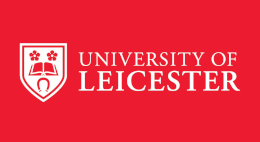2016HajipourLPhD.pdf (7.31 MB)
Gliding properties of the flexor tendon in zone 2: tendon repair and pulley resection
thesis
posted on 2016-04-29, 13:32 authored by Ladan HajipourFlexor tendon injuries can lead to significant morbidity and the repair of such injuries
in zone 2 is technically demanding. Technical skills from bench models transfer very
well to practical use, and many mechanical simulators have been developed for
investigating optimal flexor tendon repairs.
Embalmed cadavers are markedly different from fresh human tissue, and the latter is
becoming increasingly difficult to obtain due to public concern over the handling of
tissue removed from cadavers and the risk of transmissible diseases. Pig and chicken
tendons have previously been used due to their similar anatomy to human tendons, to
allow basic repair and mechanical testing of suture techniques. Turkey tendons are
larger than chicken tendons, allowing for better handling but have not been studied or
used routinely for flexor tendon studies.
The outcome of flexor tendon repairs relies heavily on post-operative rehabilitation
and a strong, trigger free tendon repair that can withstand active movements. The
surface changes of a repaired tendon can lead to increased friction and therefore an
increased risk of rupture. There are currently no studies in the literature that have
looked at: 1) the anatomy of turkey feet and their relevance in tendon repair research;
2) surface changes to the flexor tendon following tendon repair; and 3) the effect of
pulley resection following tendon repair in paired specimens from the same animal.
There are no strong studies in the literature that show whether paired tendons from
the same animal exhibit the same gliding properties under experimental settings. This
research aims to answer these questions.
History
Supervisor(s)
Dias, JosephDate of award
2016-04-07Author affiliation
Department of Health SciencesAwarding institution
University of LeicesterQualification level
- Doctoral
Qualification name
- MD

